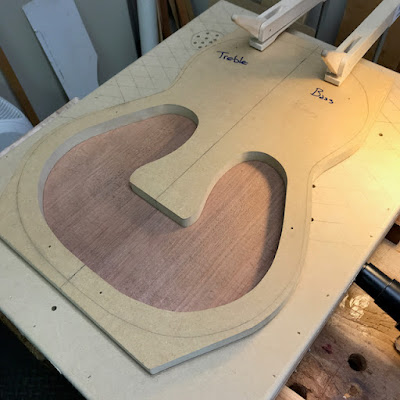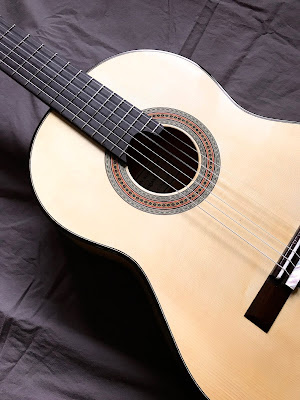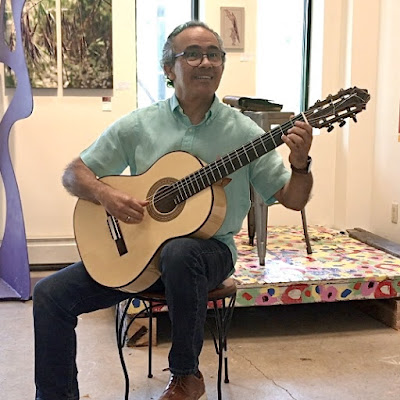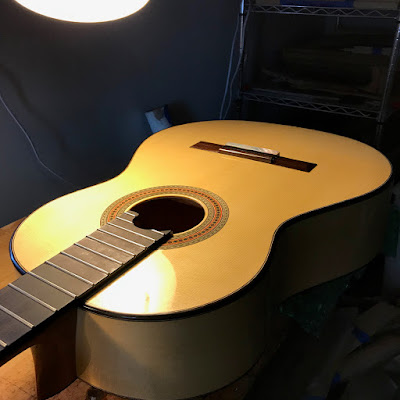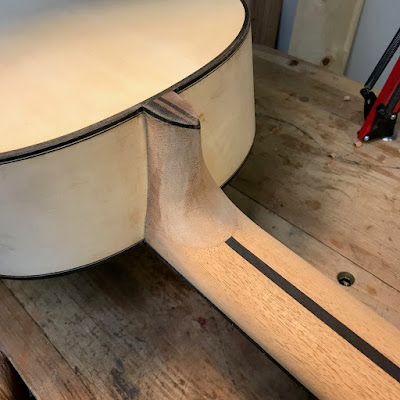Posts
Showing posts from 2021
Double Top Classical Guitar - Redwood/Nomex/Sitka Spruce/Curly Black Walnut, Part 1
- Get link
- X
- Other Apps
Building an 1830's René Lacôte "Legnani Model" Guitar
- Get link
- X
- Other Apps
European Spruce/Canada Cypress Classical Guitar
- Get link
- X
- Other Apps
Classical Guitar Festival Experiences, Part 2
- Get link
- X
- Other Apps
What a Concert Classical Guitarist Says About My Guitars
- Get link
- X
- Other Apps
Classical Guitar Festival Experiences , Part 1
- Get link
- X
- Other Apps
European Spruce/Canadian Cypress Grand Concert Classical Guitar, Available at Savage Classical Guitar 11/11/24
- Get link
- X
- Other Apps
Basic Tool Kit for Making a Classical Guitar - Another Look
- Get link
- X
- Other Apps
Shaping a Classical Guitar Neck - My Latest Concert Grand Guitar
- Get link
- X
- Other Apps
Moving Day - From a Small Shop to a Tiny Shop
- Get link
- X
- Other Apps
